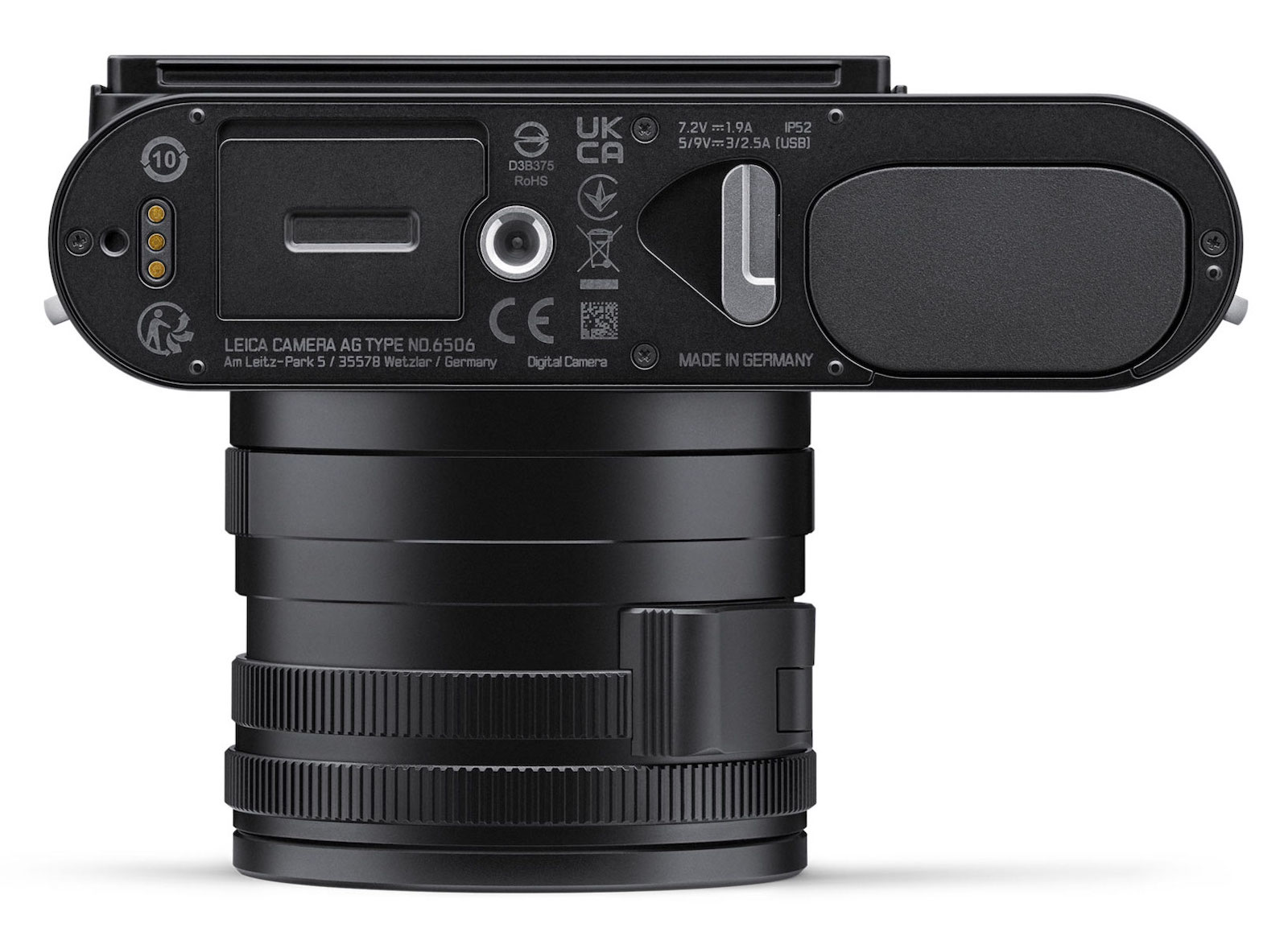Leica Q3 leak shows it'll have a big bonus for street photography
Waist-level shooting made easy

It’s long been a case of when, rather than if, and now it appears the wait for the rumored Leica Q3 is almost over. The camera is tipped for a May 26 launch, and new pictures have leaked that, if real, confirm what street photography Leica-ites have hoped for: the Q3 will feature a new tilt-screen design.
We’ve included the Q3 leaked pictures, courtesy of Leica rumors, below, and they suggest that the camera will indeed get a tilt touchscreen rather than a fully articulated (flip out to the side) screen.
A tilt-screen makes waist-level shooting – a long favored shooting technique for street photography – all the easier, as you can look down to view what the camera sees, rather than shooting blind with a fixed screen like the one in the Leica Q2 / Leica Q2 Monochrom.
It’s not all about the new tilt-screen, though; the fixed-lens full-frame Q3 looks to be a classic minimalist masterpiece, sporting improved features with a modern twist. In fact, if all the rumors are on the mark, we’d pitch the Q3 as the most compelling Leica to date. Let’s recap what else we’re expect from the Q2 successor.
More pixels, more flexible
The 60MP full-frame sensor in the Leica M11 is expected to find its way into the Q3, which would represent a solid bump in resolution from the Q2’s 47MP. You might not need the extra pixels per se, but in a camera like the Q3, which we assume will also feature a wide-angle 28mm f/1.7 lens, more pixels makes more sense.
The Q2 has focal length simulation modes, whereby you can shoot at 35mm, 50mm and 75mm. What the camera is actually doing is cropping into the 28mm field of view, and therefore the resolution drops – so more pixels gives more detail for every one of those settings, making them more usable.




You might also be thinking that a higher resolution like 60MP is less forgiving, showing up any focusing errors or camera shake all the more, but the Q3 is rumored to feature improved phase-detection AF plus in-body image stabilization, which should go some way to ironing out those issues.
Sign up for breaking news, reviews, opinion, top tech deals, and more.
Whether or not the extra resolution unleashes higher-resolution 8K video, too, we’ll have to wait and see.
Doing things differently
Leica does traditional rangefinder design very well, but that doesn’t mean it eschews the latest technology.
Like the M11, the Q3 is tipped to feature internal memory (in addition to its SD card slot) with enough storage for around 700 raw images. And, improving on the Q2, there will now be a USB-C port through which the camera can be charged on-the-go. But there’s a new feature that’s even more intriguing.
In leaked pictures, the underside of the camera seems to reveal electronic contacts that are rumored to be for a handgrip that also enables wireless charging. Think of how an electric toothbrush sits in a charging dock – something similar could be in store for the Q3. We can’t think of another camera (excluding smartphones) with this type of wireless function.


Given Leica’s track record, a wireless charging handgrip is likely to be a pricey extra, and we expect the list price of the Q3 itself to exceed that of its predecessor, too – the Q2 is currently $5,795 / £5,100 / AU$9,290. The Q3 will certainly cost a lot of money, but unlike the interchangeable-lens M11, the fixed lens here is built-in, so in Leica terms we’re at the more reasonable end of the price scale.
We will bring you all the details of the Leica Q3 when the camera is officially launched, closely followed by our first impressions in our hands-on review.

Tim is the Cameras editor at TechRadar. He has enjoyed more than 15 years in the photo video industry with most of those in the world of tech journalism. During his time as Deputy Technical Editor with Amateur Photographer, as a freelancer and consequently editor at Tech Radar, Tim has developed a deeply technical knowledge and practical experience with cameras, educating others through news, reviews and features. He’s also worked in video production for Studio 44 with clients including Canon, and volunteers his spare time to consult a non-profit, diverse stories team based in Nairobi. Tim is curious, a keen creative, avid footballer and runner, and moderate flat white drinker who has lived in Kenya and believes we have much to enjoy and learn from each other.